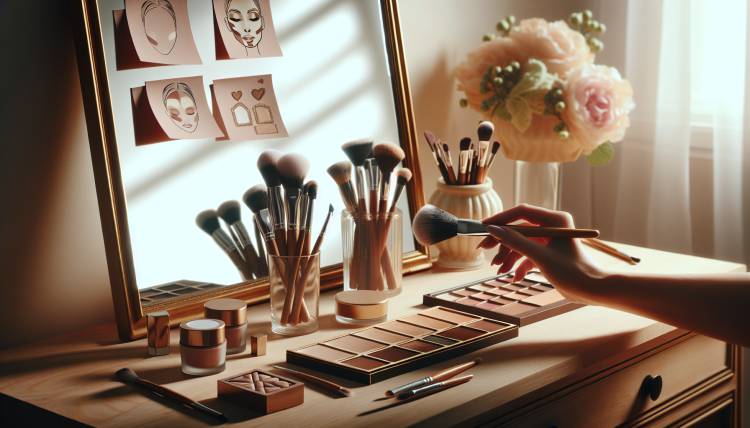
Understanding Contouring and Highlighting
Contouring and highlighting are makeup techniques that can transform your face, enhancing your natural features and creating dimension. Contouring involves using a darker shade to create shadows and define certain areas of the face, while highlighting utilizes a lighter shade to bring forward and accentuate specific features.
Choosing the Right Products
When it comes to contouring and highlighting, selecting the right products is crucial. Opt for a contour shade that is cool-toned and around two shades darker than your natural skin tone. For highlighting, choose a shade that is lighter than your skin tone and has a subtle shimmer for a natural-looking glow.
Application Techniques
Start by applying the contour shade to the hollows of your cheeks, along the jawline, and the sides of your nose to create definition. Blend the product well to avoid harsh lines. For highlighting, apply the lighter shade to the high points of your face, such as the tops of your cheekbones, the bridge of your nose, and the cupid's bow.
Blending and Finishing
Blending is key to achieving a seamless contour and highlight. Use a blending sponge or brush to blend the products, ensuring a natural transition between the shades. Set your makeup with a translucent powder to lock everything in place and achieve a flawless finish.
Daytime vs. Evening Looks
Contouring and highlighting can be tailored to suit various occasions. For a daytime look, opt for a more subtle application, focusing on enhancing your features without being too heavy-handed. For evening or special events, you can amp up the drama by intensifying the contour and highlight for a more striking effect.
Common Mistakes to Avoid
- Avoid using shades that are too warm for contouring, as they can appear muddy on the skin.
- Over-application of product can result in a heavy, unnatural appearance, so start with a light hand and build up the intensity gradually.
- Ensure that your contour and highlight shades complement your skin tone to achieve a harmonious overall look.
Final Thoughts
Mastering the art of contouring and highlighting takes practice, but once you understand the techniques and find the right products for your skin, you can achieve a beautifully sculpted and radiant complexion that enhances your natural beauty.
